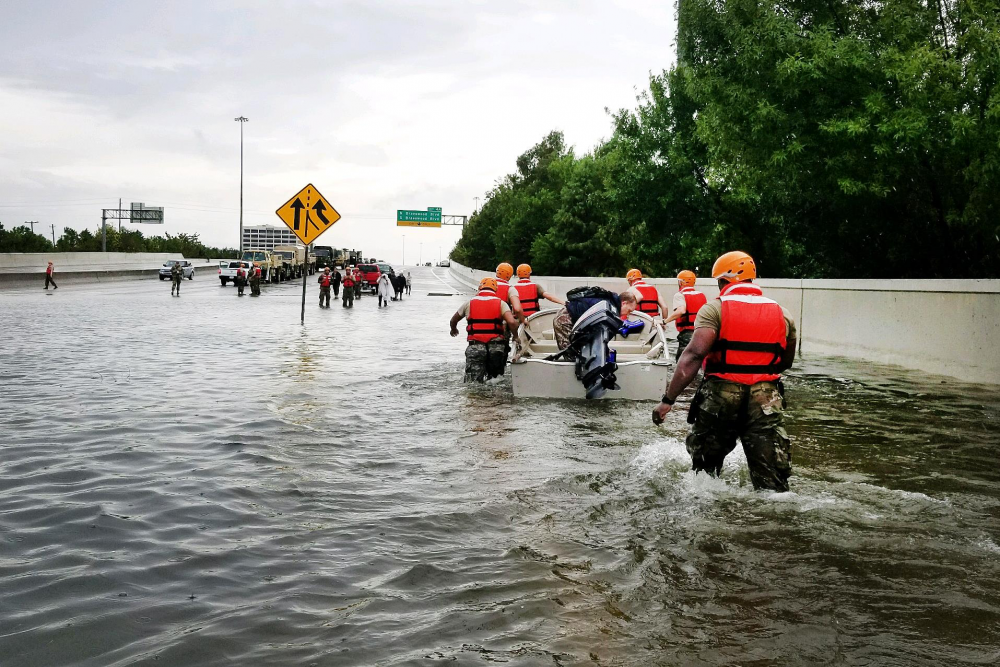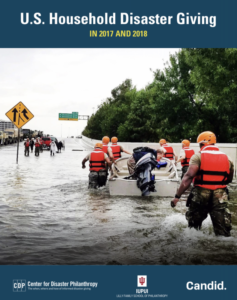
U.S Household Disaster Giving Report
In 2017 and 2018, the U.S. experienced the first and fourth most costly years of major natural disasters on record. In the two years combined, the country was affected by 30 natural disasters that each caused more than $1 billion in damage. After a major disaster occurs, individuals usually respond quickly with an outpouring of generosity. Much, however, remains unknown about the patterns, preferences and practices of individuals’ charitable giving for disaster aid efforts.

How many Americans donate to disaster aid efforts and how much do they give? Does giving to disaster aid come at the expense of giving to other causes? What are the main drivers of disaster giving? After disasters, to what extent do people donate online through social media and crowdfunding platforms in addition to traditional ways of donating?
Based on new data on U.S. households’ disaster giving in 2017 and 2018, the Center for Disaster Philanthropy, Candid and the Indiana University Lilly Family School of Philanthropy released the U.S. Household Disaster Giving in 2017 and 2018 report to answer these questions. Using recent survey data from a nationally representative sample of U.S. households, the report presents findings on the patterns of household disaster giving and the factors driving individuals to donate after disasters. It provides insights for foundations and other nonprofit organizations to engage individuals to help with disaster aid effectively.
Explore the data and key findings:

Check out our one-pager for key insights at a glance.